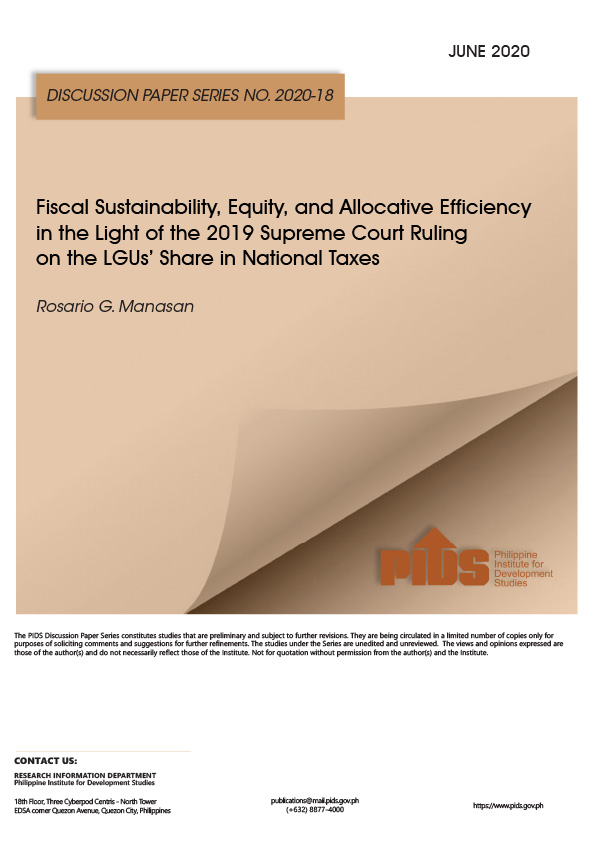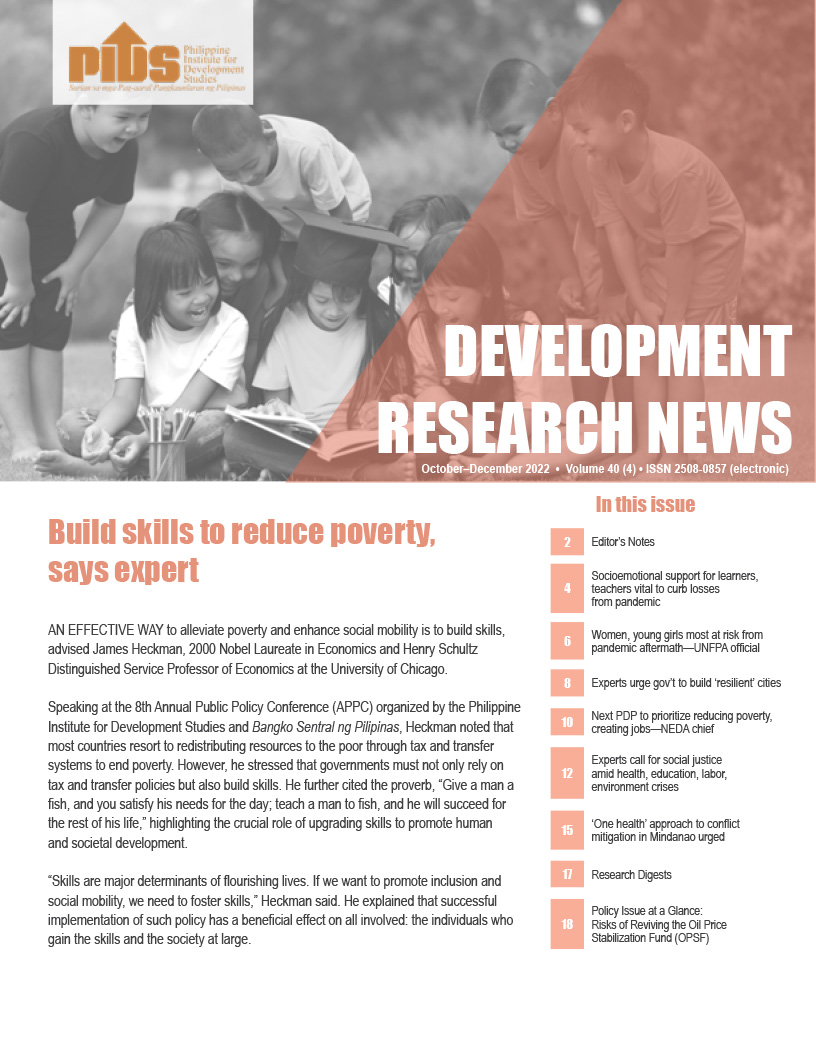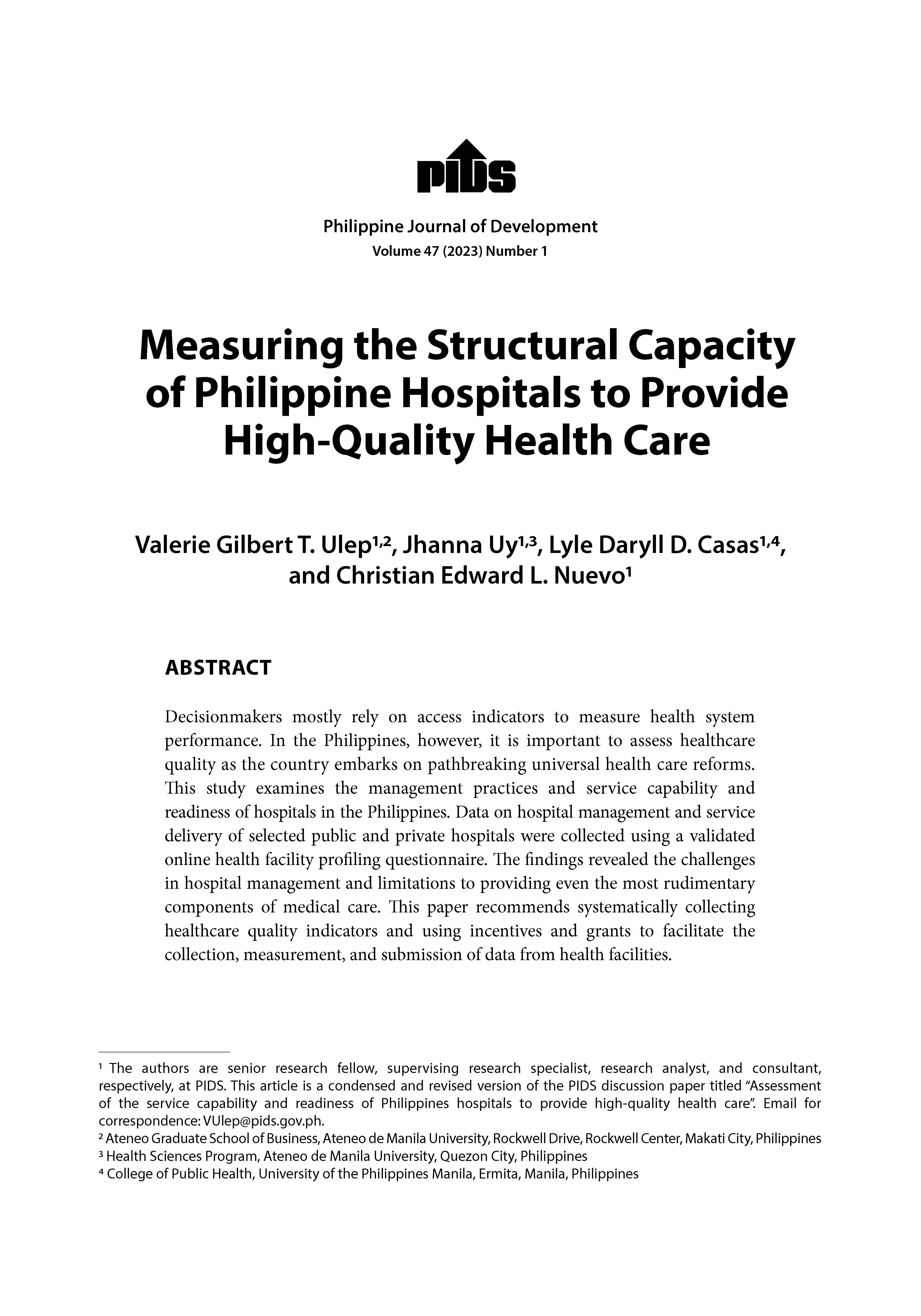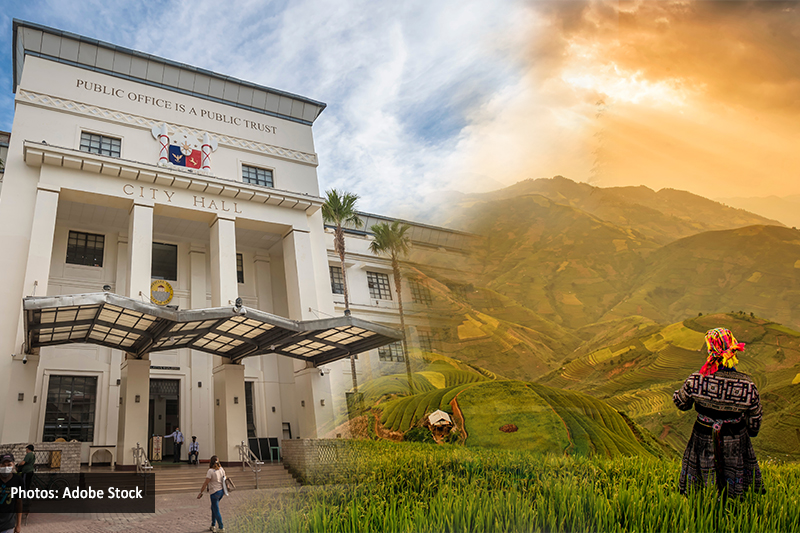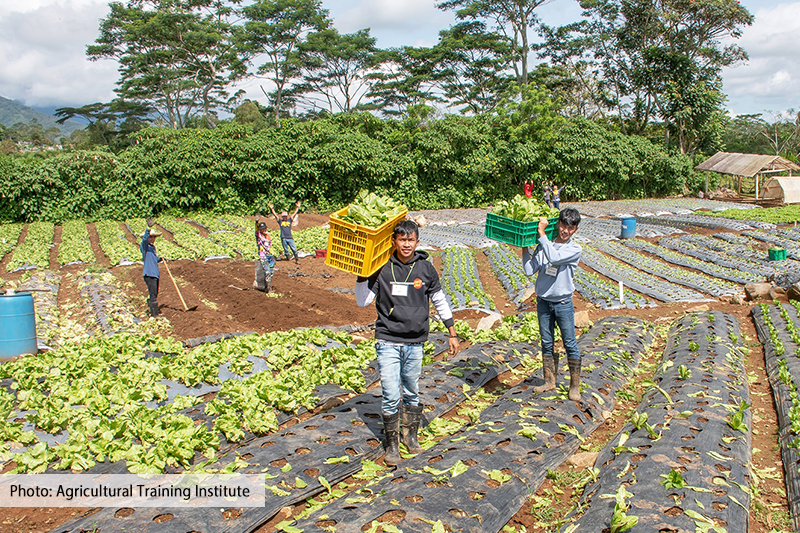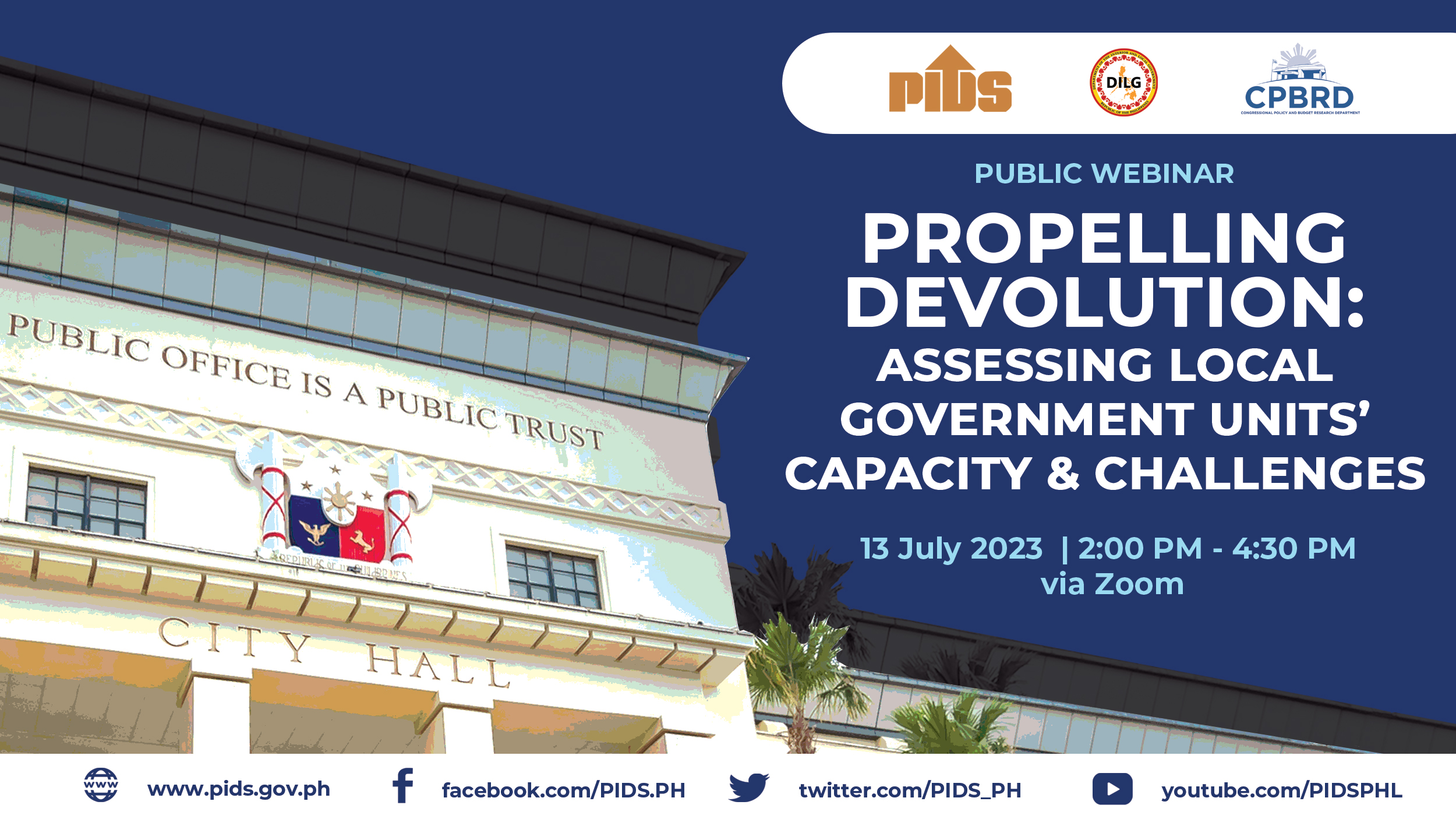The maximum number of tourists visiting the country will be placed under review as the government prepares for the “new normal” in the tourism industry, President Duterte said last Monday.
The President said the Department of Tourism (DOT) has presented its response and recovery program as well as guidelines to adopt to the new normal for the industry in light of the coronavirus pandemic.
“Among the plans of the DOT to be included in its Tourism Response and Recovery Program is the review of the maximum carrying capacity of each tourist destination given the current circumstances while taking in consideration the recommendations of the National Government, the private sector and health experts,” he said in his latest weekly report to Congress.
Health and sanitation measures have also been proposed in tourism establishments and related services to promote public health, according to the President.
“The DOT has also crafted guidelines for the proposed new normal in tourism, which involve stringent measures, including health and sanitation protocols such as wearing of face masks and social distancing, among others,” he said.
Tourism Secretary Bernadette Romulo Puyat told a House hearing on tourism last month that travel would likely not revert to normal right away as the industry is among the hard-hit sectors of the pandemic.
The tourism department has proposed several programs, including regular inspection of tourism establishment for compliances to health standards, in preparation for the new normal tourism environment.
Responsive and sustainable recovery plan
The President said the government is taking measures to increase the country’s readiness to adapt to the new normal state of activities.
These strategies include conduct of studies, engagement of various stakeholders and revisiting development plans.
He said the National Economic and Development Authority (NEDA) is finalizing the “We Recover as One” paper on the proposed social, economic and governance strategies to adapt to the new normal. The working discussion paper includes initiatives to rebuild consumer and business confidence.
Government agencies have already identified programs and projects for 2020 and 2021 to implement such strategies, according to the President.
“Once approved, the report which shall be converted into bite-sized media releases, shall be disseminated to the public as reference for planning and action,” Duterte said.
He said NEDA will convene concerned committees to review the draft Philippine Development Plan Update and incorporate strategies for the new normal scenario from 2020 to 2022. Local government units will also asked to formulate regional recovery programs in their areas.
“The approach shall be bottom-up, responsive to the needs of the community,” he said.
He said the Philippine Institute for Development Studies has started to craft the implementing rules and regulations of Republic Act No. 11315 or the law establishing a community-based monitoring system (CBMS) as a tool towards formulation of poverty alleviation and development programs. The law was signed by the President last year.
“The accelerated nationwide implementation fo a community-based monitoring system shall allow the government to profile and identify households vulnerable to certain risks as well as beneficiaries of targeted programs,” he said.
The President said the Department of Tourism (DOT) has presented its response and recovery program as well as guidelines to adopt to the new normal for the industry in light of the coronavirus pandemic.
“Among the plans of the DOT to be included in its Tourism Response and Recovery Program is the review of the maximum carrying capacity of each tourist destination given the current circumstances while taking in consideration the recommendations of the National Government, the private sector and health experts,” he said in his latest weekly report to Congress.
Health and sanitation measures have also been proposed in tourism establishments and related services to promote public health, according to the President.
“The DOT has also crafted guidelines for the proposed new normal in tourism, which involve stringent measures, including health and sanitation protocols such as wearing of face masks and social distancing, among others,” he said.
Tourism Secretary Bernadette Romulo Puyat told a House hearing on tourism last month that travel would likely not revert to normal right away as the industry is among the hard-hit sectors of the pandemic.
The tourism department has proposed several programs, including regular inspection of tourism establishment for compliances to health standards, in preparation for the new normal tourism environment.
Responsive and sustainable recovery plan
The President said the government is taking measures to increase the country’s readiness to adapt to the new normal state of activities.
These strategies include conduct of studies, engagement of various stakeholders and revisiting development plans.
He said the National Economic and Development Authority (NEDA) is finalizing the “We Recover as One” paper on the proposed social, economic and governance strategies to adapt to the new normal. The working discussion paper includes initiatives to rebuild consumer and business confidence.
Government agencies have already identified programs and projects for 2020 and 2021 to implement such strategies, according to the President.
“Once approved, the report which shall be converted into bite-sized media releases, shall be disseminated to the public as reference for planning and action,” Duterte said.
He said NEDA will convene concerned committees to review the draft Philippine Development Plan Update and incorporate strategies for the new normal scenario from 2020 to 2022. Local government units will also asked to formulate regional recovery programs in their areas.
“The approach shall be bottom-up, responsive to the needs of the community,” he said.
He said the Philippine Institute for Development Studies has started to craft the implementing rules and regulations of Republic Act No. 11315 or the law establishing a community-based monitoring system (CBMS) as a tool towards formulation of poverty alleviation and development programs. The law was signed by the President last year.
“The accelerated nationwide implementation fo a community-based monitoring system shall allow the government to profile and identify households vulnerable to certain risks as well as beneficiaries of targeted programs,” he said.

